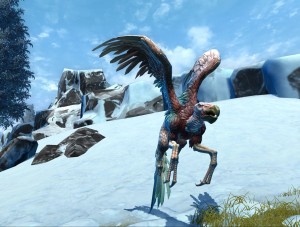 Just a quick heads-up on an article over at Gamasutra, stating that SWTOR’s executive producer, Rich Vogel, has left BioWare. There are also reports of other layoffs but it’s unclear if it’s part of the original layoff announcement back in late May:
Just a quick heads-up on an article over at Gamasutra, stating that SWTOR’s executive producer, Rich Vogel, has left BioWare. There are also reports of other layoffs but it’s unclear if it’s part of the original layoff announcement back in late May:
Amid reports that BioWare Austin is laying off staff today, Gamasutra can confirm that Star Wars: The Old Republic’s executive producer Rich Vogel is no longer with the company.
Vogel was instrumental in the development of SWTOR, overseeing all aspects of the MMO before and after its launch in December. The online game, though, has lost around 400,000 paid subscribers in recent months, and BioWare Austin recently said it’s considering free-to-play options for the title.
Reports also emerged on Tuesday morning that the Austin office is laying off workers, but it’s unclear if this headcount reduction is part of the restructuring plan BioWare announced in May. Though its parent company Electronic Arts didn’t specify then how many employees would be affected, the publisher said those layoffs were necessary in order for the team to maintain and grow SWTOR.
There’s nothing much to be upbeat about in regard to this announcement and we’ve had no official communication from BioWare on the changes at this stage.
We’ll have more as we find out ourselves, what’s your take on the situation?



Recent Comments